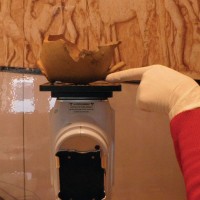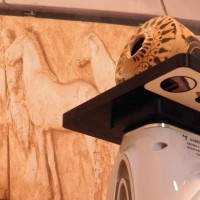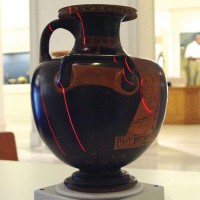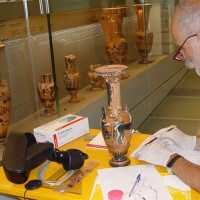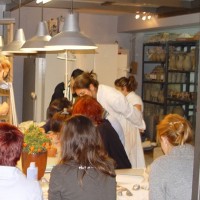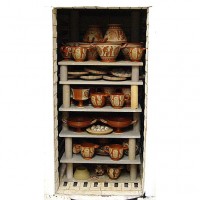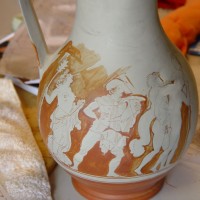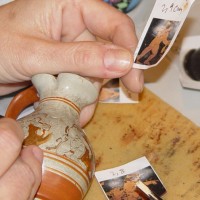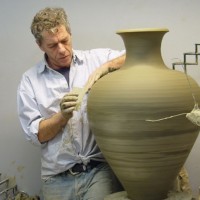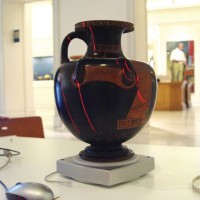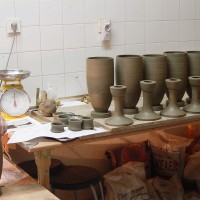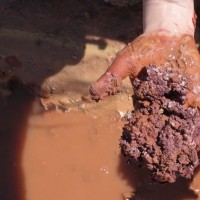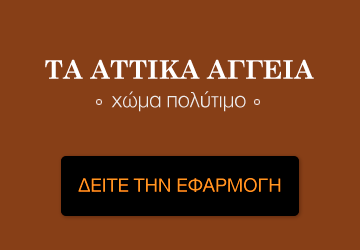STRUCTURE
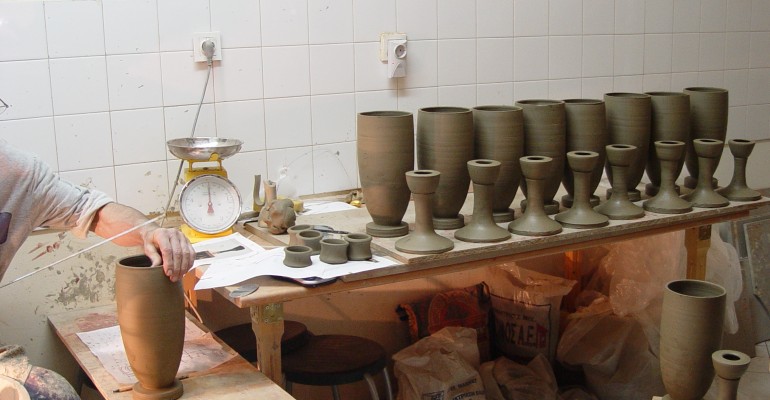
Organizational Structure, Procedures and Management of the project
This is a very focused project involving only three partners that aims to deliver two services:
i) a service that will allow the low cost reproduction of museum quality classical Attic vases using authentic decoration materials and
ii) a service that will allow museum visitors to appreciate the unique technological features of their decoration and the means of their production.
This allows the adoption of a simple and flexible organizational structure following the principles of “Agile Project Management” that takes advantage of the fact that the three partners have successfully interacted in the past. Agile project management is based on Agile software development methodologies applied to project management. It involves a project management process that encourages stakeholder involvement, feedback, objective metrics and effective controls (http://en.wikipedia.org/wiki/Agile_management). In this approach the project manager, in our case THETIS Authentics Ltd (P1), with a presence in all WP’s, leads the team rather than manages tasks. Nevertheless, the project’s progress will be monitored continuously through a simple web based project management tool such as “microproject” (http://www.microproject.com/) which is well suited to “Agile Management” concept as long as it is used mainly for monitoring purposes.
The Consortium as a whole
THETIS Authentics Ltd who will coordinate and lead the project has been engaged in this highly specialized field since 1999. It is the major supplier of technologically authentic, museum quality reproductions of simple, due to cost considerations, ancient ceramics to major Greek Museums and the Greek Ministry of Culture/Archaeological Service. In the past it has collaborated with the Institute of Nuclear Physics at the National Center for Scientific Research “Demokritos” (P2) in several projects, the latest being the development of “Elemental Tagging Techniques” for ancient artifacts and works of art. In addition it has awarded small contracts to the Institute to use the analytical services of the Ion Beam Facilities of the Tandem Accelerator Laboratory in order to establish non-destructively the physicochemical characteristics of ancient ceramic artifacts. The long standing history of collaboration between P1 and P2 ensures that the strategic interaction will be problem free. In addition to the analytical Ion Beam Facilities P2 has extensive experience in 3D image processing and in rapid prototyping techniques both in the context of its ongoing research work. The third partner TOOL Ltd (P3) is at present working on a small contract from P1 to redesign and develop a new website. The collaboration has been extremely fruitful and it ensures a problem free strategic interaction. In addition, P3 (http://www.tool.gr) has extensive experience in multimedia presentations in the field of culture.
A key element of the project is the pressing demand from the major museum shops (Acropolis, Benaki, Cycladic Art) and from the Greek Ministry of Culture/Archaeological Receipts Fund for high quality reproductions of important ceramic artifacts (i.e. for Kerameikos Museum). If required this demand can be documented along with the intent of the Kerameikos Archaeological Museum (3rd Ephorate of Classical and Prehistoric Antiquities, Ministry of Culture) to host the trial run of the multimedia presentation. Satisfying this demand for museum quality reproductions at low cost through the use of innovative technologies has obvious benefits to the National Economy as it enhances the tourist industry product. The fact that “Kerameikos” (the potter’s district in classical Athens) has provided the word for fired clay based artifacts in most European languages (ceramique, ceramic, keramik …) provides a unique opportunity to attract the very numerous international community of professional and amateur ceramists and to establish a very strong “brand” name in marketing the products. The mutual benefit to all participants is also clear since for P1 a commercial benefit will accrue, whereas P2 will apply its knowhow to a concrete industrial problem and P3 will acquire valuable hands-on experience from the experimental run of the multimedia service in a major museum.

